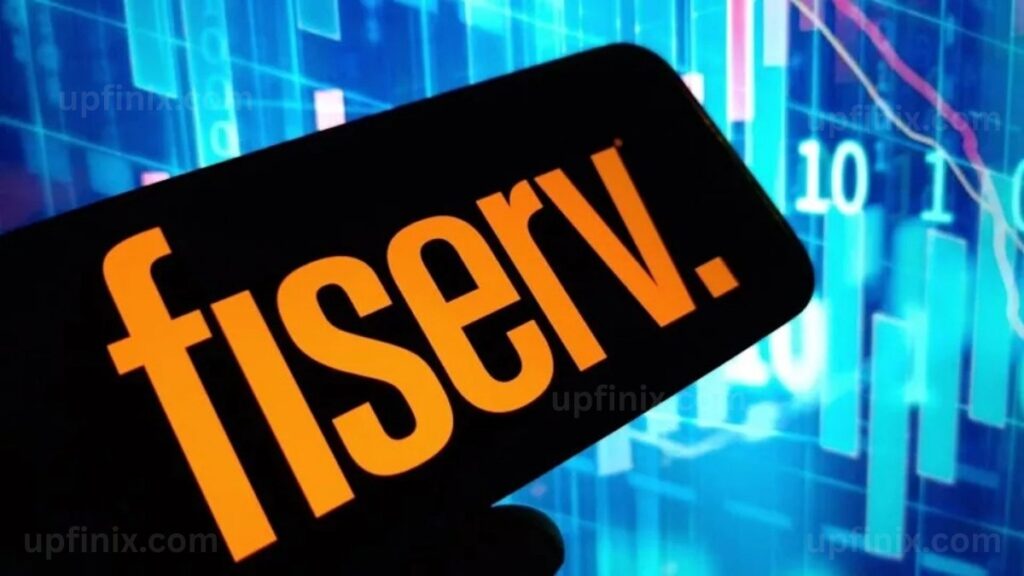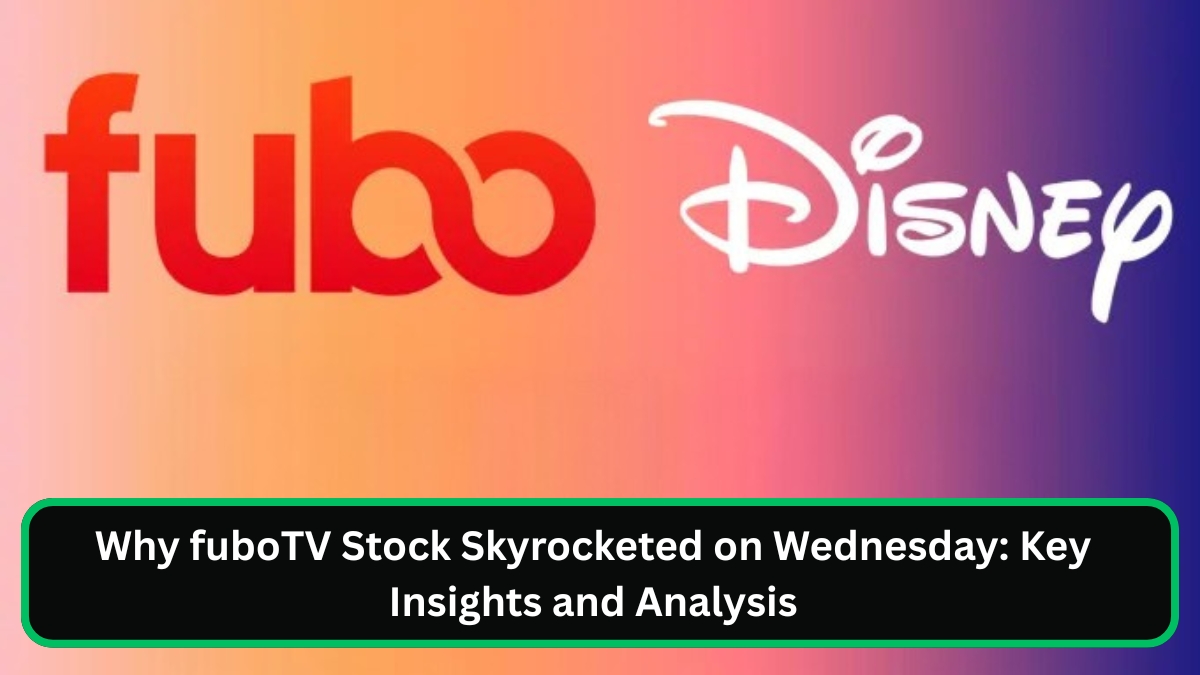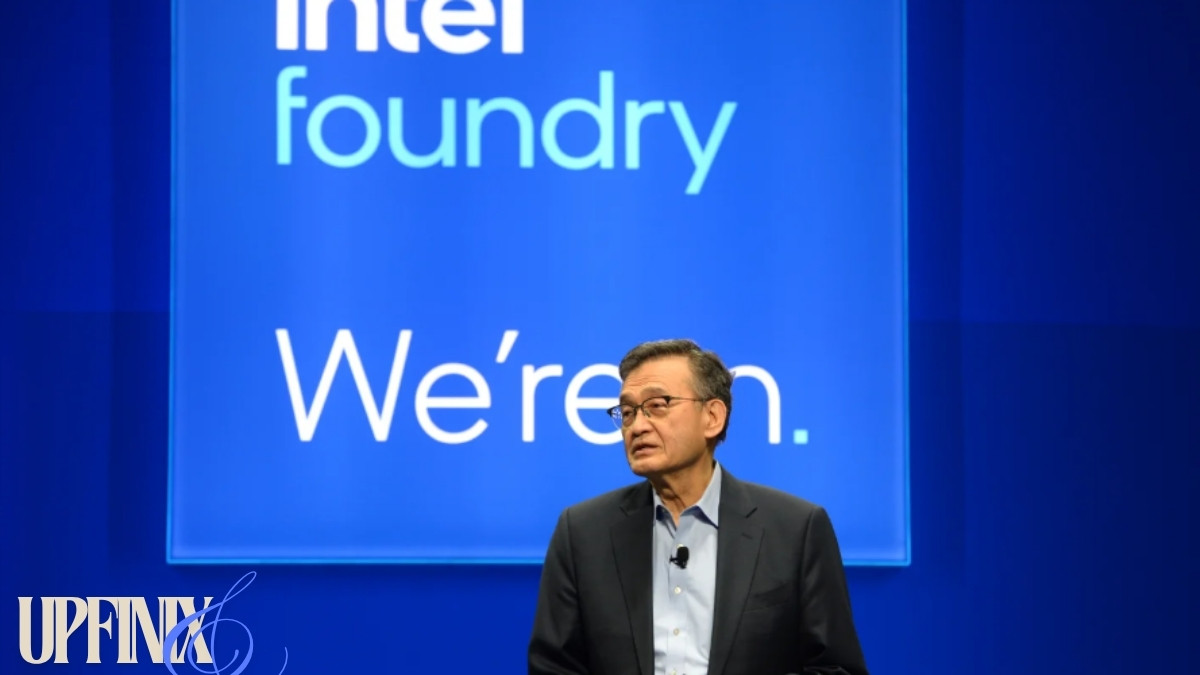Are you an investor looking to make sense of the ever-evolving fintech landscape? If so, Fiserv stock (NYSE: FI) might be on your radar. As a global leader in payments and financial services technology, Fiserv has been a key player in driving innovation for over 10,000 financial institutions and millions of merchants worldwide. Understanding Fiserv stock—its performance, financial health, and future potential—can be the difference between a smart investment and a missed opportunity. In this article, we’ll explore everything you need to know about FI stock, from its historical roots to its 2025 outlook. Whether you’re a seasoned investor or just dipping your toes into the market, this guide will provide actionable insights to help you navigate the world of Fiserv.
Table of Contents
Company Overview
Founded in 1984 in Brookfield, Wisconsin, by Leslie M. Muma and George D. Dalton, Fiserv has grown from a regional tech provider into a global fintech giant. Through a combination of strategic acquisitions—like the 2019 merger with First Data—and organic growth, Fiserv has expanded its reach and offerings. Today, the company operates in two core segments: Merchant Solutions and Financial Solutions.
Merchant Solutions
Fiserv’s Merchant Solutions segment caters to businesses of all sizes, offering tools like payment processing, digital commerce solutions, and business management platforms. A standout product here is Clover, a sleek point-of-sale system that’s become a game-changer for small and medium-sized merchants. For example, a small coffee shop using Clover can seamlessly process payments, track inventory, and manage customer loyalty programs—all from one device. This segment’s versatility has fueled Fiserv’s growth in the competitive merchant services space.
Financial Solutions
On the financial institution side, Fiserv’s Financial Solutions segment delivers cutting-edge technology to banks, credit unions, and other financial entities. Services include account processing, digital banking platforms, and payment solutions. These tools help institutions modernize operations and improve customer experiences. For instance, a regional bank might use Fiserv’s digital banking suite to offer mobile check deposits, enhancing convenience for its clients. This segment keeps Fiserv at the forefront of fintech innovation.
Stock Performance
Fiserv stock, listed as FI on the NYSE, has a strong track record of growth and resilience. As of July 23, 2025, the stock trades at $165.98, with a market capitalization of $92.02 billion. Over the past five years, it’s delivered an annualized return of 12%, and over ten years, a robust 15%—outpacing the S&P 500.
Recent Trends
Recently, FI stock has seen some ups and downs. Following the Q2 2025 earnings release on July 23, 2025, the stock dipped 13.21% in pre-market trading to $144.06. This drop was linked to a revised full-year organic revenue growth forecast, lowered from 10-12% to about 10%. However, the earnings report wasn’t all gloom—Fiserv posted adjusted revenue of $5.2 billion (up 8% year-over-year) and adjusted earnings per share of $2.47 (up 16%). This mixed bag reflects short-term market reactions but doesn’t overshadow the stock’s long-term potential.
Here’s a quick look at Fiserv’s stock performance over time:
- 1-Year Range: $154.17 – $238.59
- 5-Year Annualized Return: 12%
- 10-Year Annualized Return: 15%
Financial Performance
Fiserv’s financials paint a picture of a company firing on all cylinders. In Q2 2025, GAAP revenue hit $5.52 billion, an 8% increase from the prior year. Adjusted earnings per share rose 16% to $2.47, while the adjusted operating margin climbed 120 basis points to 39.6%. Free cash flow was a healthy $1.2 billion for the quarter, totaling $5.3 billion over the past twelve months.
Segment Performance
- Merchant Solutions: Organic revenue growth soared 24% in Q2 2025, driven by demand for payment processing and digital commerce tools like Clover.
- Financial Solutions: This segment grew 5% organically, fueled by increased adoption of digital banking and payment services.
These numbers highlight Fiserv’s ability to balance growth across its diverse business lines, making it a stable contender in the fintech space.

Future Outlook
Looking ahead, Fiserv has fine-tuned its 2025 guidance. The company expects adjusted EPS between $10.15 and $10.30, with organic revenue growth pegged at around 10% (down from 10-12%). The adjusted operating margin expansion target was also adjusted to approximately 100 basis points, from over 125. Despite these tweaks, Fiserv remains bullish on its long-term prospects, thanks to its strong market position and innovative pipeline.
Strategic Initiatives
Fiserv is doubling down on innovation with plans to launch FIUSD, its own stablecoin, by the end of 2025. Designed for bank use and integrated into Fiserv’s infrastructure, FIUSD aims to capitalize on the growing digital currency trend. Partnerships with Solana, Circle, and Paxos bolster this initiative, positioning Fiserv as a leader in the digital economy. Additionally, a new collaboration with TD Bank in Canada expands Fiserv’s footprint, promising further growth.
Analyst Opinions
Analysts are largely optimistic about Fiserv stock. The median price target sits at $225, implying a 30% upside from the current $165.98. Key valuation metrics include:
- Current P/E Ratio: 30
- 12-Month Forward P/E: 16
- Five-Year PEG Ratio: 0.80
A PEG ratio below 1 suggests FI stock may be undervalued, a sentiment echoed by its inclusion in CNBC’s World’s Top Fintech Companies 2025 and TIME100 Most Influential Companies lists.
Frequently Asked Questions (FAQs)
1. What is Fiserv’s Stock Symbol?
Fiserv trades on the New York Stock Exchange under the ticker symbol FI. This identifier is crucial for investors tracking or trading the stock. Since its initial public offering, Fiserv has been a staple on the NYSE and is part of major indices like the S&P 500, reflecting its prominence in the fintech sector. Knowing the symbol allows you to monitor real-time prices, historical data, and market news. For example, you can use financial platforms like Yahoo Finance or Google Finance to set up alerts for FI stock, ensuring you stay informed about price movements and company updates. Whether you’re buying shares or researching trends, FI is your gateway to Fiserv’s market performance.
2. How Has Fiserv’s Stock Performed Recently?
As of July 23, 2025, Fiserv stock trades at $165.98, within a 52-week range of $154.17 to $238.59. The past year has been a rollercoaster, with a notable 13.21% drop after the Q2 2025 earnings release, driven by a lowered revenue growth forecast. However, the bigger picture is more promising—adjusted revenue grew 8% to $5.2 billion, and earnings per share jumped 16% to $2.47. Over five years, FI stock has delivered a 12% annualized return, and over ten years, 15%. This long-term strength suggests that while short-term volatility exists, Fiserv remains a solid performer for patient investors tracking its trajectory.
3. What Are the Key Factors Influencing Fiserv’s Stock Price?
Several factors drive Fiserv stock performance. Financial metrics like revenue growth (8% in Q2 2025), earnings per share ($2.47), and free cash flow ($5.3 billion over 12 months) are critical indicators. Macroeconomic conditions—interest rates, inflation, and regulatory shifts—also play a role. For instance, rising interest rates could squeeze bank budgets, impacting demand for Fiserv’s services. Strategic moves, like the FIUSD stablecoin launch, boost investor confidence by signaling innovation. Market sentiment, analyst upgrades, and industry trends (e.g., digital payment adoption) further influence FI stock. Keeping tabs on these elements can help you anticipate price swings.
4. Is Fiserv a Good Stock to Buy?
Whether Fiserv stock is a smart buy depends on your goals and risk tolerance. Analysts see upside potential, with a $225 median price target—30% above the current $165.98. Fiserv’s strong fundamentals (e.g., 24% Merchant Solutions growth) and initiatives like FIUSD make it appealing for long-term investors. However, recent volatility and a revised 2025 outlook suggest caution for short-term traders. Researching competitors, reviewing your portfolio, and consulting a financial advisor can clarify if FI stock fits your strategy. For growth-focused investors, Fiserv’s fintech leadership is a compelling draw.
5. What Makes Fiserv Stand Out Among Fintech Stocks?
Fiserv distinguishes itself with a dual-focus model—Merchant Solutions (e.g., Clover) and Financial Solutions—serving both businesses and banks. Its scale (10,000+ clients) and innovation, like the FIUSD stablecoin, set it apart. In Q2 2025, Merchant Solutions grew 24% organically, outpacing many peers. Recognitions like TIME100 Most Influential Companies affirm its clout. Compared to rivals like PayPal or Square, Fiserv’s broader institutional reach and diversified revenue streams offer stability, making FI stock a unique fintech investment.
6. What’s New in 2025
In 2025, Fiserv is making waves with FIUSD, a stablecoin set to launch by year-end. Integrated into its banking and payments systems, FIUSD targets banks and aims to tap into the digital currency boom. Partnerships with Solana, Circle, and Paxos enhance its credibility. Additionally, Fiserv’s expansion into Canada via TD Bank signals new market opportunities. These moves position Fiserv as a trailblazer, potentially boosting FI stock as adoption grows.
Conclusion
Fiserv is a fintech titan with a strong foundation and a forward-looking vision. Despite recent stock volatility, its long-term performance (15% annualized return over 10 years) and strategic initiatives like FIUSD signal enduring potential. Investors should weigh its financial health, market trends, and analyst insights when considering Fiserv stock. Stay informed, and you’ll be well-equipped to decide if FI stock belongs in your portfolio.










